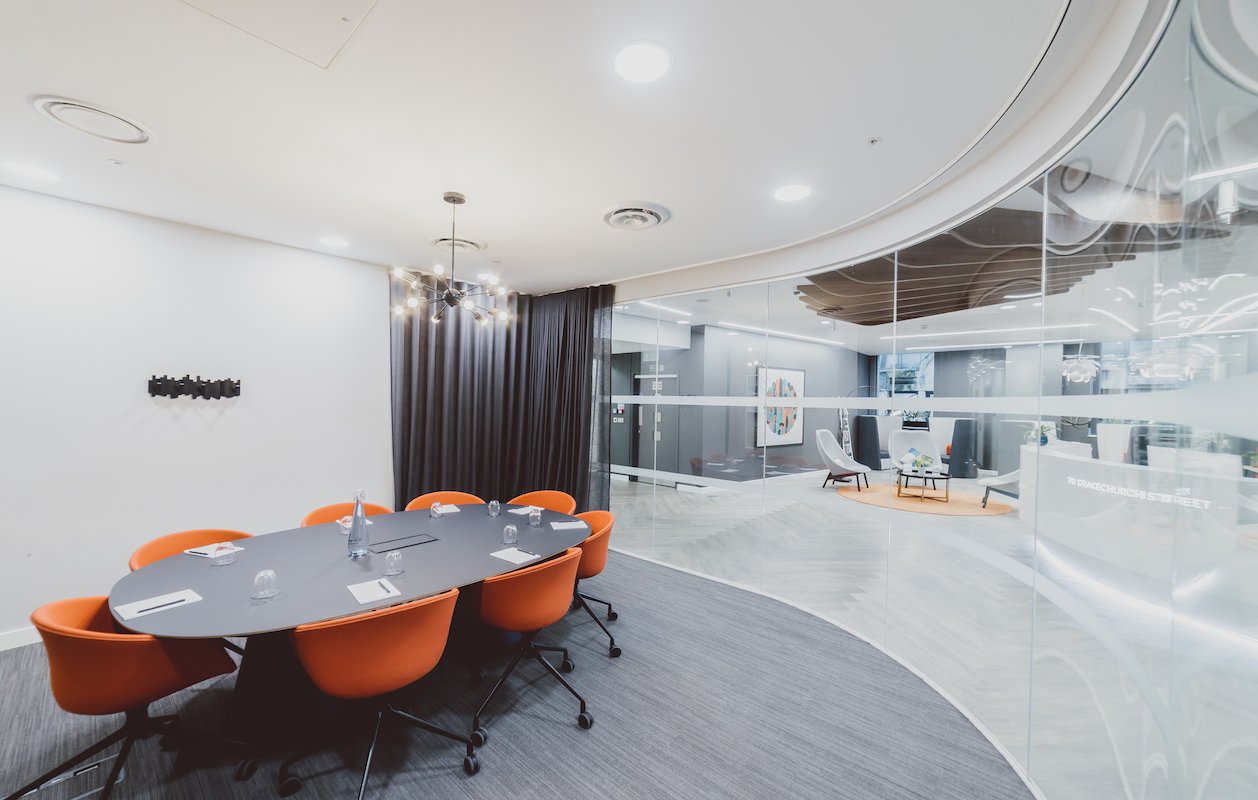For many employers and employees alike, meetings can be a tricky part of the working day. Thanks to an increasingly hybrid workforce, you can’t rely on everyone being available in the office on any given day - so organising in-person meetings especially has become significantly more complex. For some, meetings represent an overly time-consuming relic from the offices of yore. Others might find team meetings incentivise them in a way that working alone cannot. The reality remains that meetings aren’t going anywhere, anytime soon, so finding ways to make your meetings more constructive is an essential part of the world of work in 2023.
.jpg?width=1200&height=800&name=manchester%20balloon%20street%20meeting%20rooms%20(3).jpg)
The Pros and Cons of In-Person Meetings
We’re all familiar with the phrase: ‘this could’ve been an email.’ But there’s an undeniable synergy that comes from having a team in the same room - ideas bounce around without a poor Wi-Fi connection delaying natural conversation, and teams are able to chat more comfortably together.
Given that most employees spend most of the day working in front of the computer, in-person meetings can provide some essential human interaction - allowing your eyes to rest from the blue screen light. So too do in-person meetings enable us to notice the non-verbal cues of our colleagues, like eye contact and posture, letting us read the room and react accordingly. There’s also a really strong argument for the team bonding in-person meetings allow - chatting about life outside of work increases our understanding of each others’ motivations, and bolsters the human connection we all rely on.
There is however the time and cost associated with the commute to attend an in-person meeting - and managers need to assess whether the benefits of being altogether in the same room outweigh these factors for the team. Avoid any exasperation amongst employees who might need to rearrange caring responsibilities or other commitments, by considering whether the meeting really should be an email. Hardworking employees will always appreciate having any inconvenience acknowledged, especially where there is a clear benefit to assembling the team.

The Pros and Cons of Remote Meetings
There’s a really obvious positive to remote meetings: people don’t have to leave their home to attend. Whether it’s snowing, the trains are cancelled, they’re still recovering from a cold - the ability to dial into work calls has changed the world of work forever. Without this innovation, businesses would’ve ground to a halt throughout the COVID-19 pandemic - but now we’re back to (relative) normalcy, and the practice has continued nonetheless.
Should your team work at a fast pace and rely on short, everyday catch-ups to maintain an agile, reactive approach - a remote meeting provides a simple, quick solution to this. Sharing status updates or any new, critical information as and when you need to across the team is invaluable in this sense.
But the difficulty with remote meetings lies in the fact that they have become the de-facto choice for most workplaces, despite their limitations. In some cases online meetings with very few actual updates go ahead anyway, with organisers expecting employees to attend irrespective of any real necessity. Whilst it’s often more accessible to set up a call with clients than it is to travel into the office, there’s a strong argument that in-person meetings, where people are more likely to come prepared, are actually a more effective approach than dialling into a remote meeting where no one has anything valuable to share. It’s certainly worth considering whether fewer in-person meetings (perhaps monthly or quarterly) would be more effective than frequent online meetings for your team and/or client.

How To Make Meetings More Engaging
Irrespective of whether it’s a Zoom call or an in-person meeting, there are a few things you should do to make a meeting more interactive - and avoid anyone dozing off! Follow our tips below to combat poor team engagement by really focusing the meeting into a productive use of everyone’s time.
- Choose an appropriate meeting room - ensure your meeting room space has enough seating and the technology available to run seamlessly. State of the art meeting rooms are available to hire across all Orega buildings.
- Provide an agenda - this will structure the meeting and ensure everyone present knows exactly what is going to be discussed so that they can prepare effectively. (This will also allow any invitees to ascertain before attending the meeting whether they actually need to be there!)
- Incorporate polls, trivia or quizzes - changing up the pace of a meeting is a great tactic to ensure a long meeting doesn’t become monotonous. People naturally enjoy interactive elements - plus, friendly competition between colleagues is healthy!
- Share notes - using collaborative tools allows everyone to record their insights, patch any knowledge gaps and centralise the key meeting points. If you’re able to record the meeting, you can transform it into an accessible resource for any employees unable to attend.
- Follow up - usually via email, provide a set of notes outlining what was discussed and decided at the meeting, including any next steps or important deadlines for participants.

Of course, both in-person and remote meetings can be productive and successful ways to share information, plan, feedback and problem solve. Take a step back to really consider how your team performs best - and always weigh up the pros and cons of each format. Striving to host engaging meetings - be that online or in an office space - will make a huge difference to an employees’ day.
Explore our meeting rooms today, to discover truly engaging, dynamic spaces, and find the best possible solution for your team.

